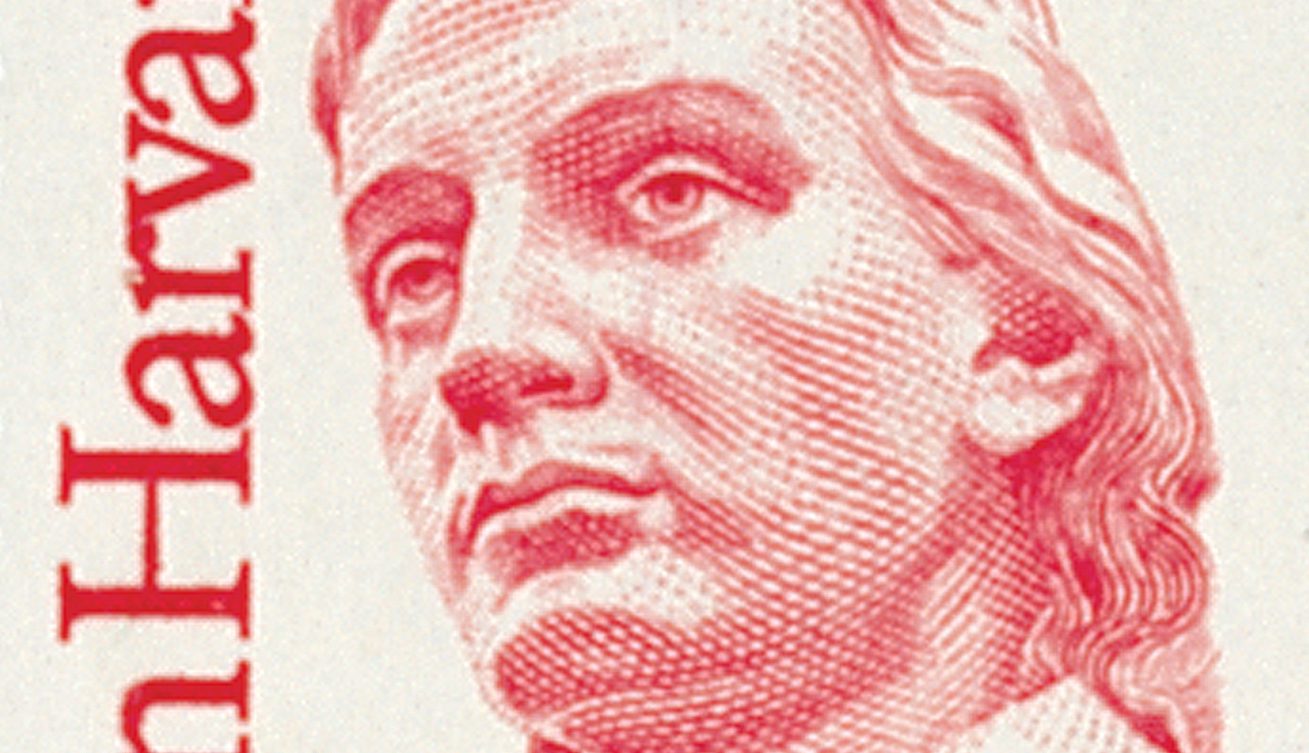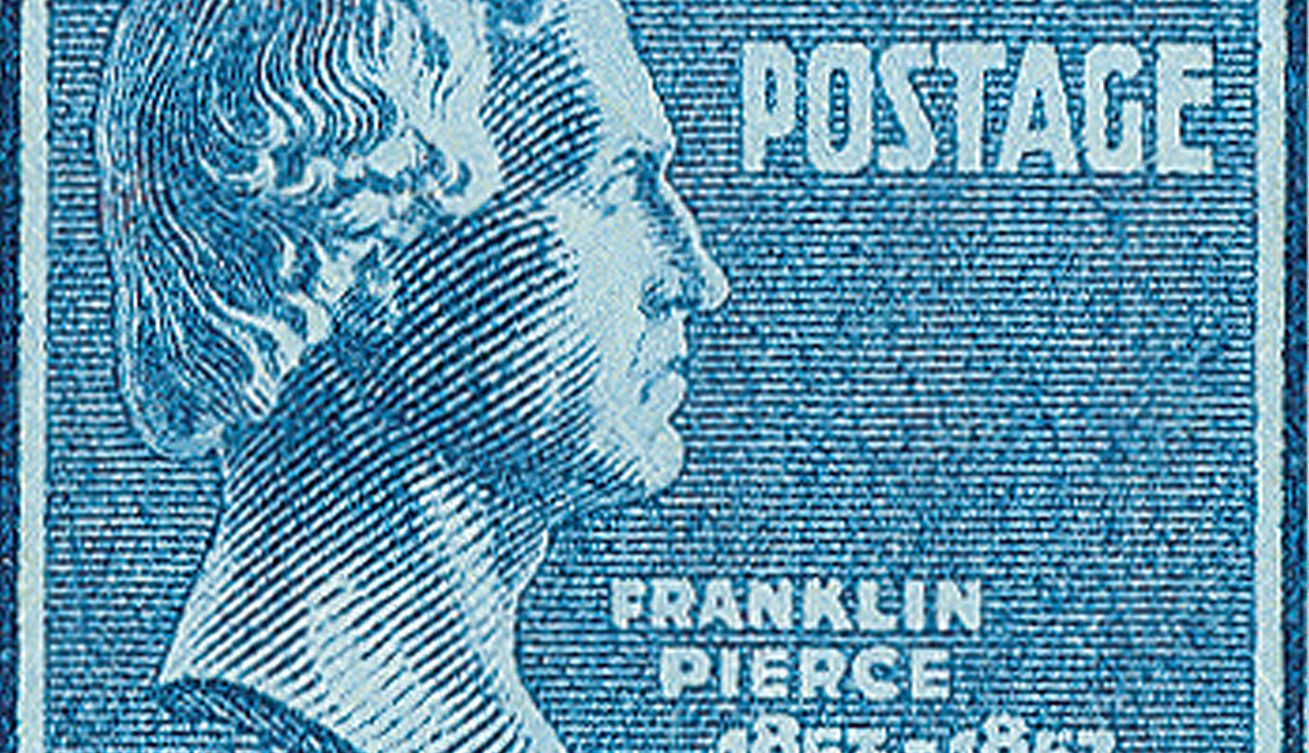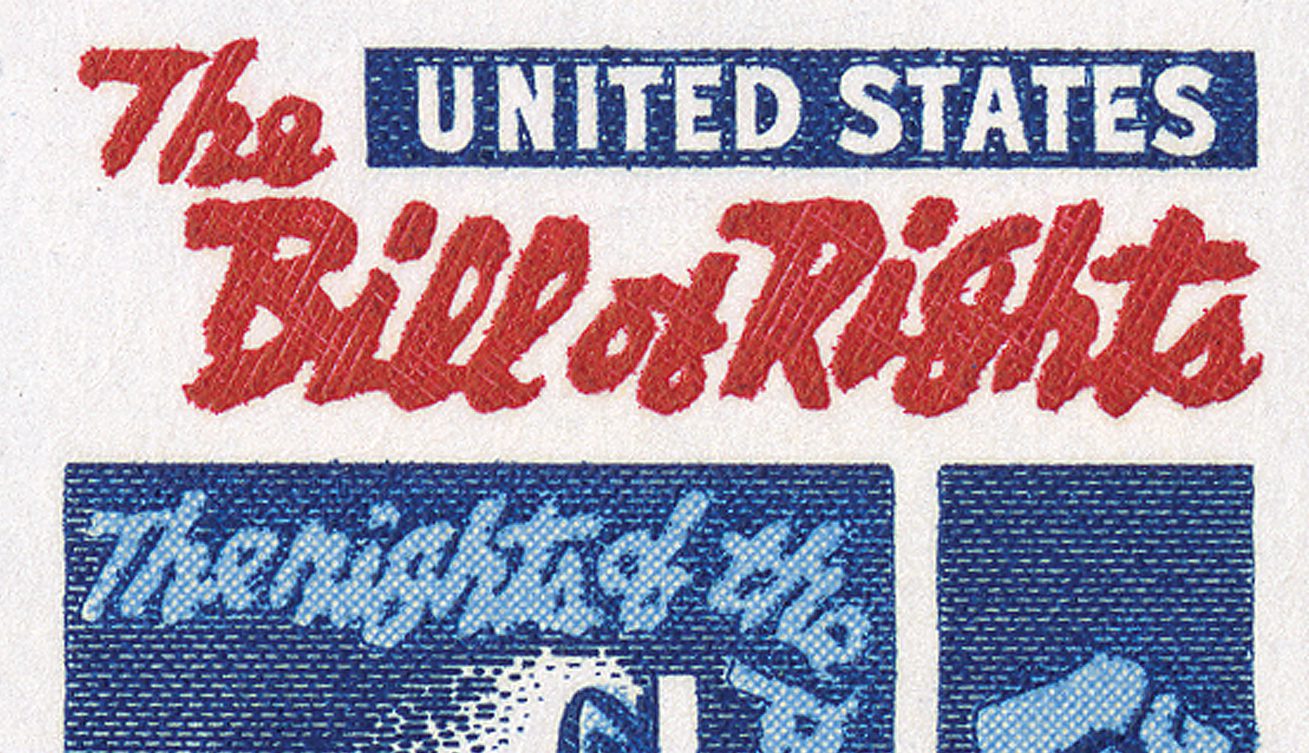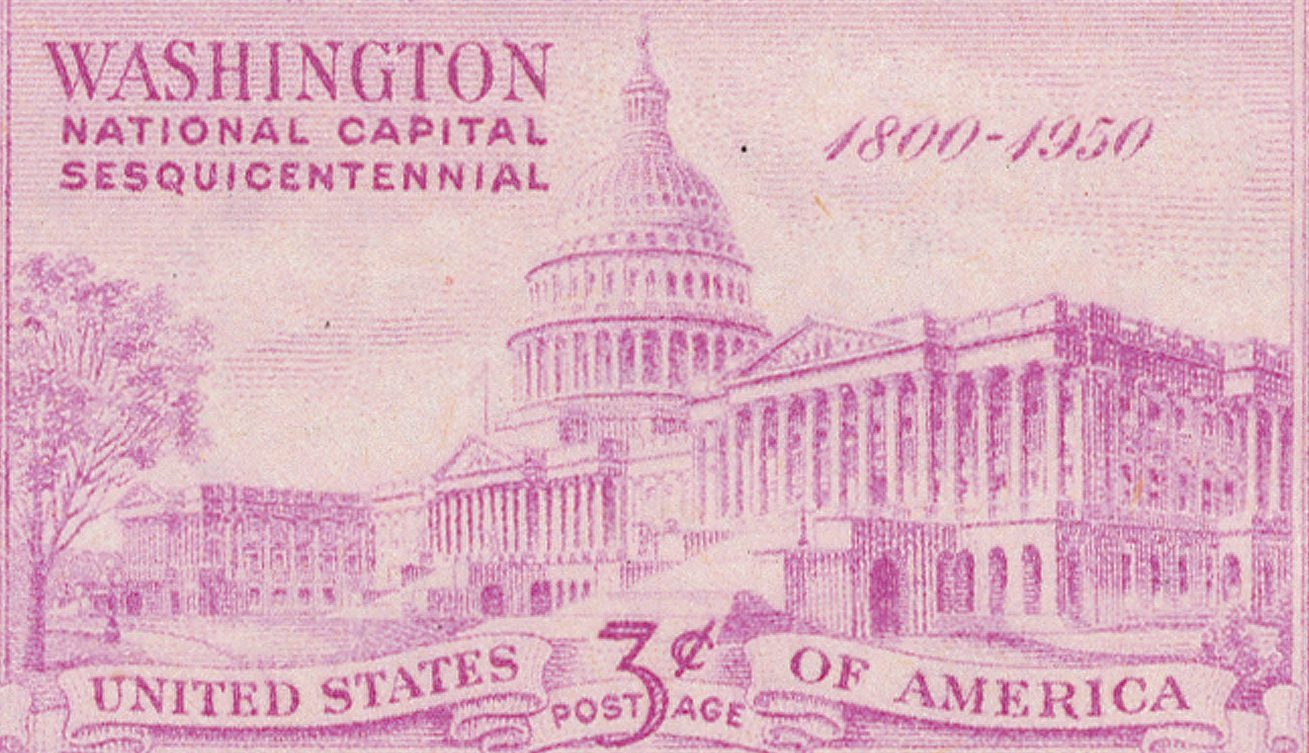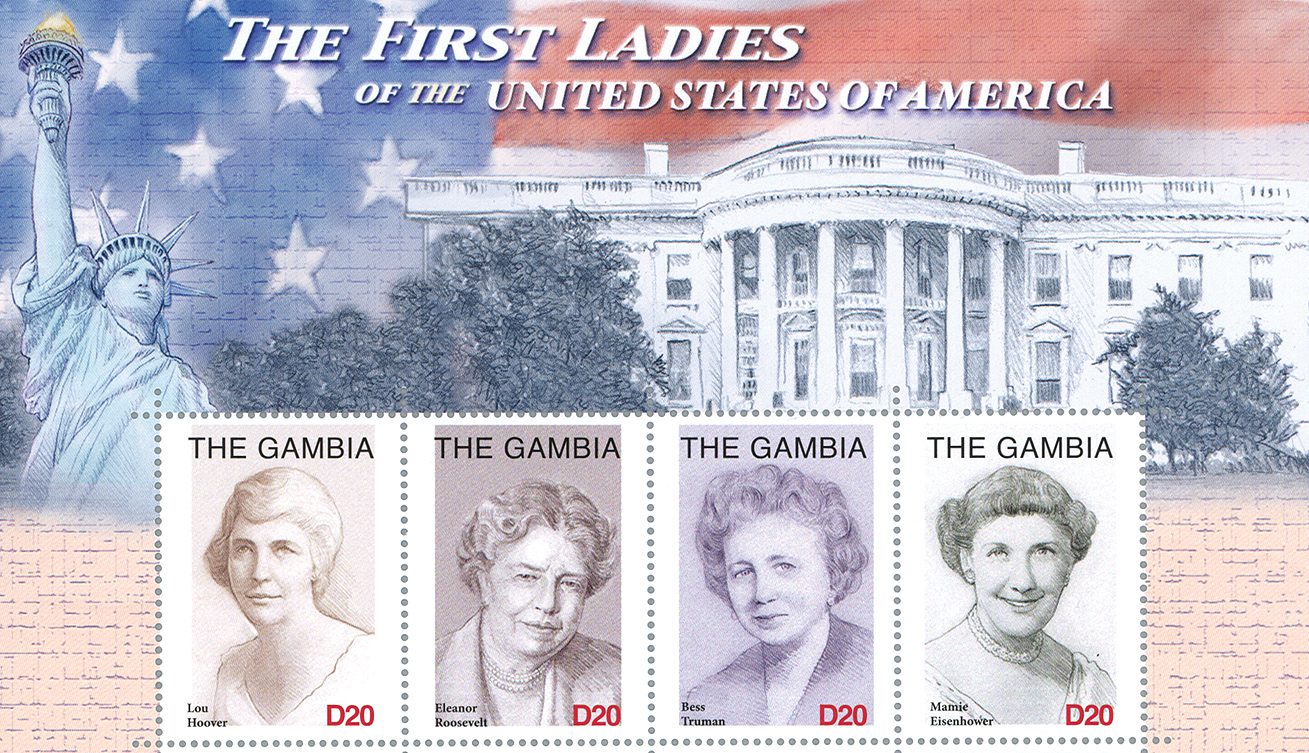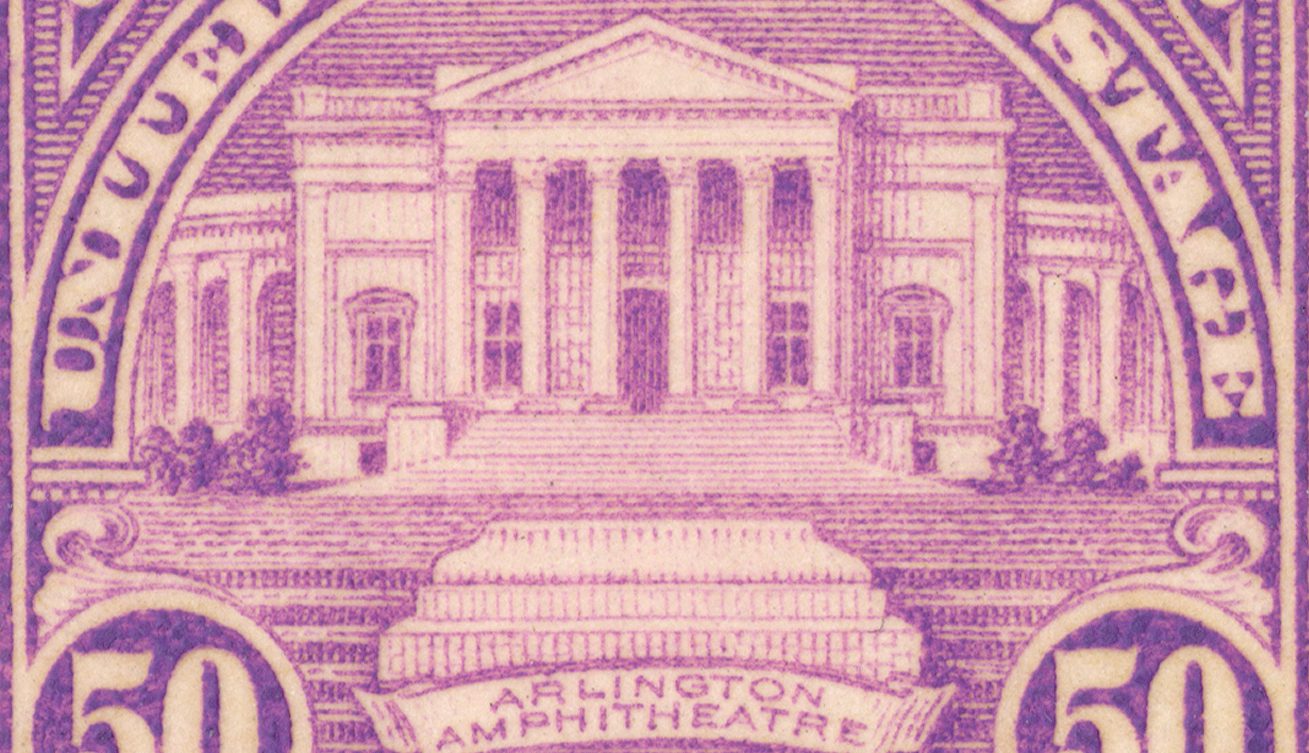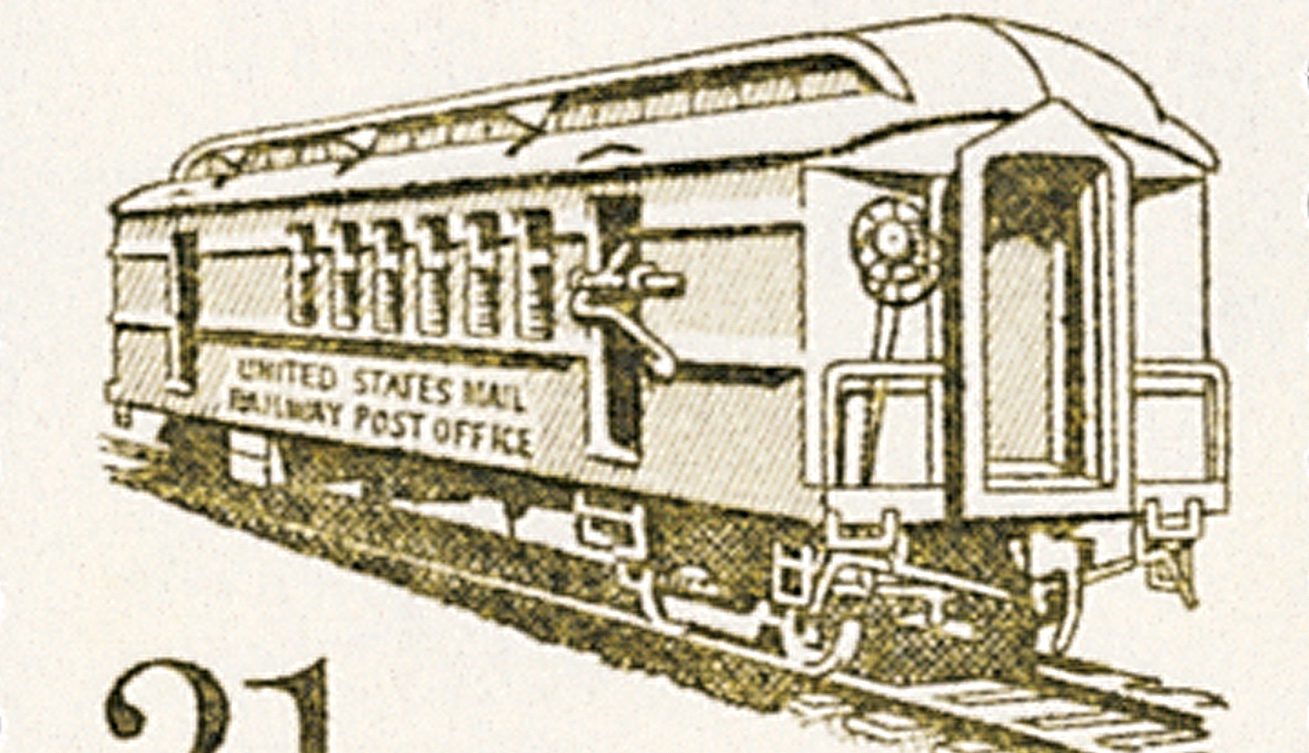Birth of John Harvard
Clergyman John Harvard is believed to have been born on November 26, 1607, in Southward, Surrey, England. Though not a founder, Harvard donated half his fortune and his entire library to the school that was then named in his honor.

